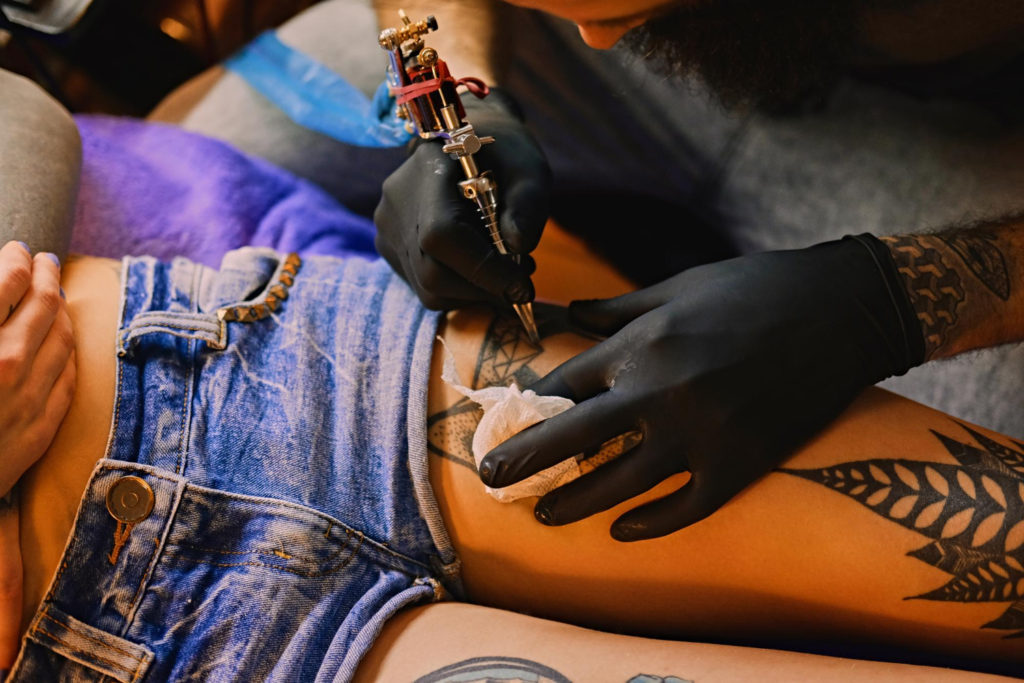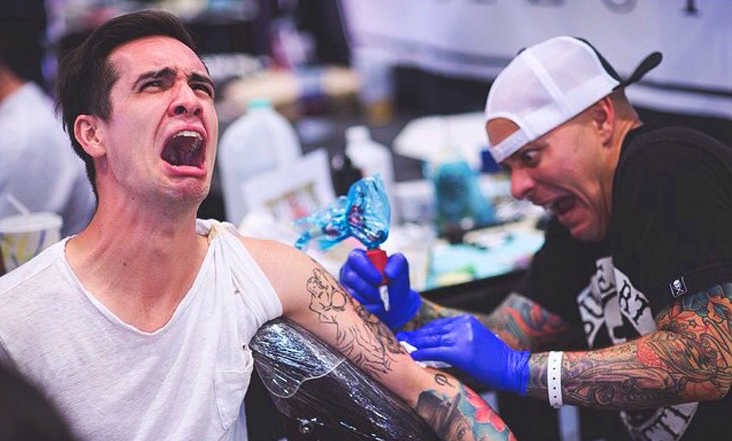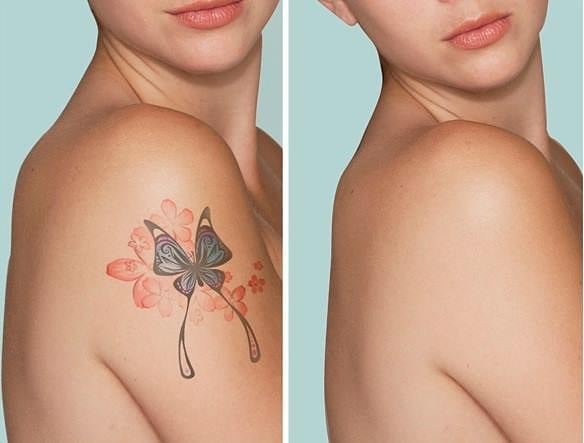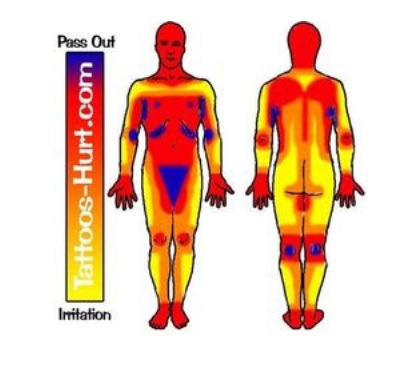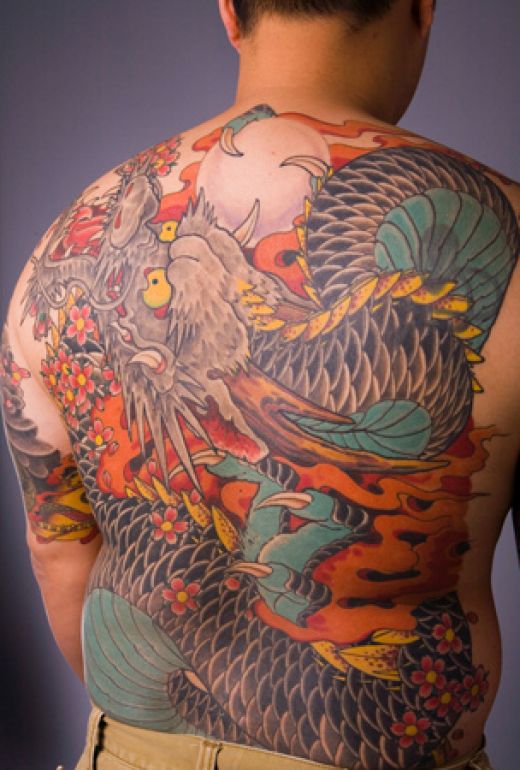The practice of tattooing is something that has undergone a dramatic shift throughout the ages. It was once seen as something worthy only for the lower class, social deviance, and an act of rebellion.
However, contemporary associations with tattoos have shifted away from a subversive act to what seems a socially acceptable form of expression with a rather interesting story behind every mark.
Choosing to get something permanently marked on one’s skin can convey a wealth of information about oneself and the overall tattoo culture. As someone who went through the process of getting a tattoo and had a stunning experience, I can say that my interest in this topic drastically increased with my first tattoo.
Hence, I want to explain and argue that getting a tattoo is no longer signified as being abnormal or deviant. It is a rather permanent art form marked on a body, each carrying a personal story. It is a symbolic language that deserves to be heard.
The Old & Bizarre History of Tattoos
Meet Otzi — the most ancient of humans that have ever been discovered with tattoos. Its body had been preserved for 5,000 years by being frozen in a glacier. When his body was studied, they found that he had over 60 tattoos. Otzi must have been the coolest dude of his tribe, but how did he get those tattoos?
Well, before the tattoo machine was invented or even thought, ancient cultures used tools like rose thorns, sharks’ teeth, and pelican bones to push pigments into the skin. Natural pigments like red ochre and soot were used to provide the color.
In the late 19th century, several mummies from female tattooed priestesses were also discovered. The most famous of these tattooed mummies is Amunet, priestess of Goddess Hathor. Most of these tattoos are dashes and dots and form concentric circles on her abdomen. It was believed that these tattoos were marked on the female bodies for medical purposes, earth guiding and protecting women through the very dangerous process of childbirth.
In 330 A.D., the Christian Emperor Constantine banned the practice of tattooing because, for him, the human face and skin reflected the image of divine beauty. For the ancient societies of Polynesia, however, the tattoo artist was a highly privileged person. And the artists we no other than the priests themselves.
As for the Greeks and Romans, they tattooed slaves and mercenaries to discourage escape and desertion. Slaves were marked with tattoos in order to make them easily identifiable if they tried to escape, whereas criminals would have their offenses inked into their foreheads or other easily visible locations.
Japan, like many other cultures, has a deep history of tattoos. However, it became unpopular from the 700s to the 1700s when Japanese officials decided to use the art as a way to punish criminals for their crimes. Most infamously, the Nazis tattooed numbers on the chest or arms of Jews and other prisoners at the Auschwitz concentration camp, in order to identify stripped corpses.
The prehistoric origins of tattoos have had an effect on how the practice was perceived for ages. Because it was used by primitive people, the world was seeing it as a primitive and savage practice. It was a communicational tool, but also a mark of social status and punishment. However, criminals, priests, tribes, sailors, and warriors, adored this ancient practice that soon will undergo a significant transformation.
Tattoo Renaissance
During the 19th century, tattooing flourished in England and America like nowhere else in the world. This was due to the tradition of tattooing the British and American Navy, where many seamen returned home bearing souvenirs of their travels in the form of exotic tattoos done in traditional style.
Tattooing also gained royal sanction in 1862 when the Prince of Wales visited the Holy Land and had a Jerusalem Cross tattooed on his arm. Later in life, King Edward VII acquired a number of traditional tattoos, and his sons made sure to continue that tradition.
In around 1870, DW Purdy opened a tattooing shop in North London. It is thought to be the first professional studio in Great Britain. On the other side, in America in 1870 Martin Hildebrandt, New York City’s first-known tattoo artist, opened the first tattooing business in the United States. Hildebrandt’s daughter Nora, had around 350 tattoos and was considered the first tattooed woman.
In 1876, Thomas Edison received a patent on a device designed to ease the workload of office secretaries. 15 years later, Samuel O’Reilly, inspired by Edison’s creation, filed the first patent for a tattoo machine. It enabled a tattoo artist to make quickly, multiple pricks in the skin, precise depth, and spacing of tattoo designs.
From 1961 to 1997, there was a prohibition of tattooing in New York City. There was an outbreak of hepatitis B, and city officials banned tattooing. However, this downfall of tattoos will soon reach its turning point. The main influence for this is the father of the tattoo industry Lyle Tuttle. He opened a tattoo parlor in San Francisco, with sterilized equipment and a city health certificate on the wall. He became so popular that he started to tattoo celebrities, such as Cher, Henry Fonda, Joan Baez, the Allman Brothers, and Jim Croce. In 1970, he most famously inked a bracelet around Janis Joplin’s wrist and placed a heart on her breast. The tattooing of celebrities and rock stars drew the interests of the media, and very shortly he started to appear on magazines covers, at conventions, and in front of television screens.
In 1997, New York City finally removes the ban that had been in effect since 1963 and it called for extreme guidelines such as a tattooing license and the artist having to be older than 18. On top of that, they would have to pass an examination given by the Health Department.
To sum up, the sailor tattoos were the first form of expression that represented an experience, a life story. From that point in time, people gained a need to share their stories by marking their bodies, even though it was banned for nearly 60 years. Celebrities, especially women, outdated the popular image of a tattooed sailor or criminal.
Tattoos Today — A Form of Self-Expression Cherished by People of Different Age, Ethnicity, Gender & Economic Status
Today, tattoos are everywhere around us. They are on athletes, movie stars, and singers, and circulate among the people in the political world.
Tattoo shops expanded and are offering custom work, letting people invent their own tattoos. There are now tattoo conventions all around the world. The Television platform was a major contributor to the population of tattoos, more particularly MTV’s Miami Ink, the first popular Tattoo show ever launched on tv.
Every style of tattoo in the world is now at our fingertips. Since the introduction of the Internet and social platforms like Instagram and Facebook, the number of tattooed people has nearly doubled. People have this natural impulse to mark significant life-changing events. Ancient human cultures that would have never met with each other developed their own traditions of tattooing. Because of the fact that celebrities, athletes, and people within the fashion industry are wearing them, that contributed to a change in the stigmas associated with tattoos. We know now that not everyone who has them is a criminal or someone with a deviant moral compass.
In Conclusion
Admiration for something always has its flaws. Tattoo culture was used for exposure of criminality and an act against God. Tattooed people, including artists, still receive passive or negative comments about tattooing or having a tattoo, but they are not discouraged to continue celebrating this art form. People decorate their bodies with tattoos because they enjoy the art. It is an artistic expression of who they are.
Tattooing is a way of expressing thoughts, memorizing a loved one or commemorating a hard period in life, or just a simple admiration for tattoos in general. A person’s tattoo may look exactly like someone else’s, but the feeling and meaning of what it represents to each one of them are entirely different.
It is an act of bravery and the only painful art form that makes a person be addicted to it. Humans will go through a hundred needles to fight for what they believe in. So my final question for you is — can you survive those needles on some of the most painful places to get a tattoo for the sake of your own beliefs? Leave a comment down below.
